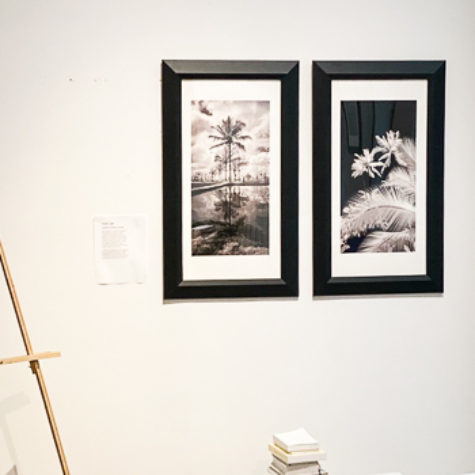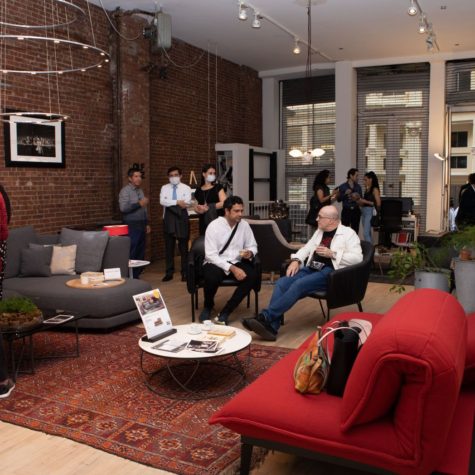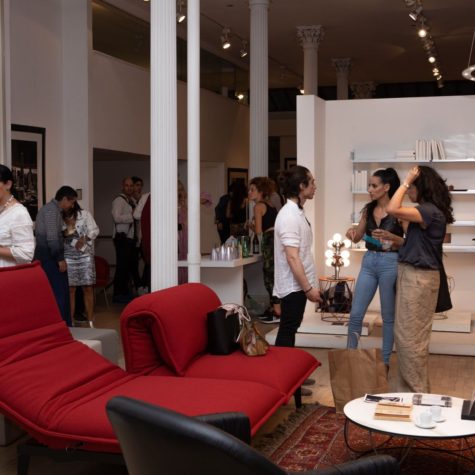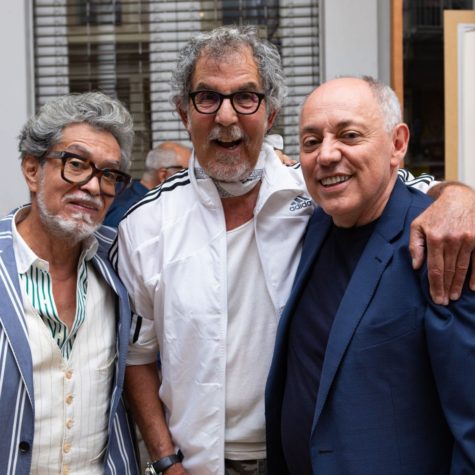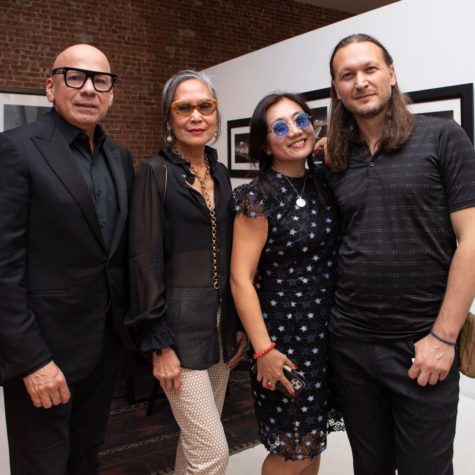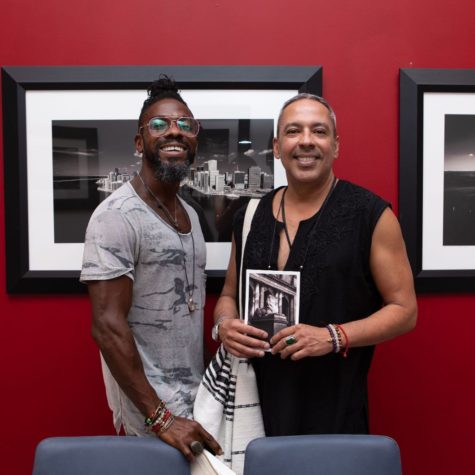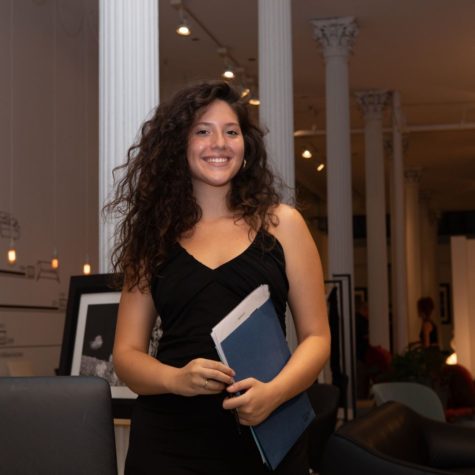New York is Back

NEW YORK IS BACK. An exhibition of new photography by Fernando Espinosa Chauvin
In the height of the pandemic, New York City became a ghost town as buildings emptied, businesses closed and residents hunkered down in their apartments for safety. There was silence apart from sirens and the nightly celebrations for the health care heroes.
Now in the Summer of 2021, New York is awakening. And photographer, Fernando Espinosa, is once again up in the air, shooting the rebirth from the skies. His photographs shot in infra-red, and exhibited now for the first time, document the survival and evolution of the city. So much has changed in the skyline, and Espinosa’s photographs pay homage to the beauty and the hope emerging from the darkness.
Fernando Espinosais from Ecuador and moved to New York 30 years ago to pursue his career in Photography.
New York City, Spring 2020. The people have deserted, either gone or forced to cower indefinitely indoors. There is silence apart from sirens; the very air is considered poisonous. But photographer Fernando Espinosa Chauvin is in the air, up, shooting the great pandemic-stricken metropolis from the skies. These photographs, exhibited now for the first time alongside the pre-pandemic work, are rapturous portraits of the complex soul of the city.
To survive in New York has always been to live in a passionate, symbiotic embrace with its churning infrastructure. When the people were gone, the buildings themselves begin to mutate, to become an artefact of memory, to begin (like living things) to die themselves. Born in Ecuador and moving to New York in adult life and working in the tradition of Latin American landscape photography, Fernando Espinosa Chauvin’s vision of the pandemic is unique. Instead of recording the medical combat for human survival on the ground, he shows us the quiet, melancholy changes we couldn’t see in the abandoned city. Set side by side these are images of mournful beauty, of life and landscape shockingly turned to past, of strangeness, and of hope for renewal.
Fernando Espinosa Chauvin works with an infra-red camera to explore a uniquely subtle palette of greyscales between black and white. Thousands of images are shot before returning to the studio to painstakingly decide which to put through the process of printing. Exploring light and dark through chiaroscuro, this process allows for an interplay which is both highly technical and creatively instinctive. The emotional complexity and range that the photographer draws out is extraordinary. In Central Park we can just make out the tiny lone figure of child walking along a cleft of land, a stick in hand, one leg raised, almost rubbed away by the light of the sun. In a shot of Ellis Island taken during the pandemic the sea seems as deeply, impossibly dark as a black hole. The famous skyline seems shockingly frail, worn and white as bone. In others the very texture of the un-peopled sidewalk has become like skin – there are so many complex shades that it seems impossible that it is not alive. The photographs also recall Fritz Lang’s ‘Metropolis’ (1927) – there is fear and menace in the beauty of the light and darkness, a palpable sense of dread that is made all the more ominous by not being shown explicitly. These are not images which shout and dictate to the viewer what to think – as the pandemic itself begins to recede into history, they are poems which allow our feelings to emerge.
Welling black skies, splintered black waters, blossoms on trees bleached white like lung tissue, mirrored sky scrapers reflecting an empty, horizon of infinite refraction… New York City did not die, has not died: it is in the process of re-emergence and resurrection. More life, more transformation. ‘New York is Back’ shows us a uniquely fragile, unrepeatable moment in time and a is a monument to the weathered, ever-changing city.
Text by:
Isabel Taylor
TAYLOR+PONCE CONTEMPORARY
Oxford, Uk
Isabel Tayloris an independent writer, artist, and educator based in Oxford, United Kingdom. She holds degrees from the University of Cambridge and The Glasgow School of Art.




